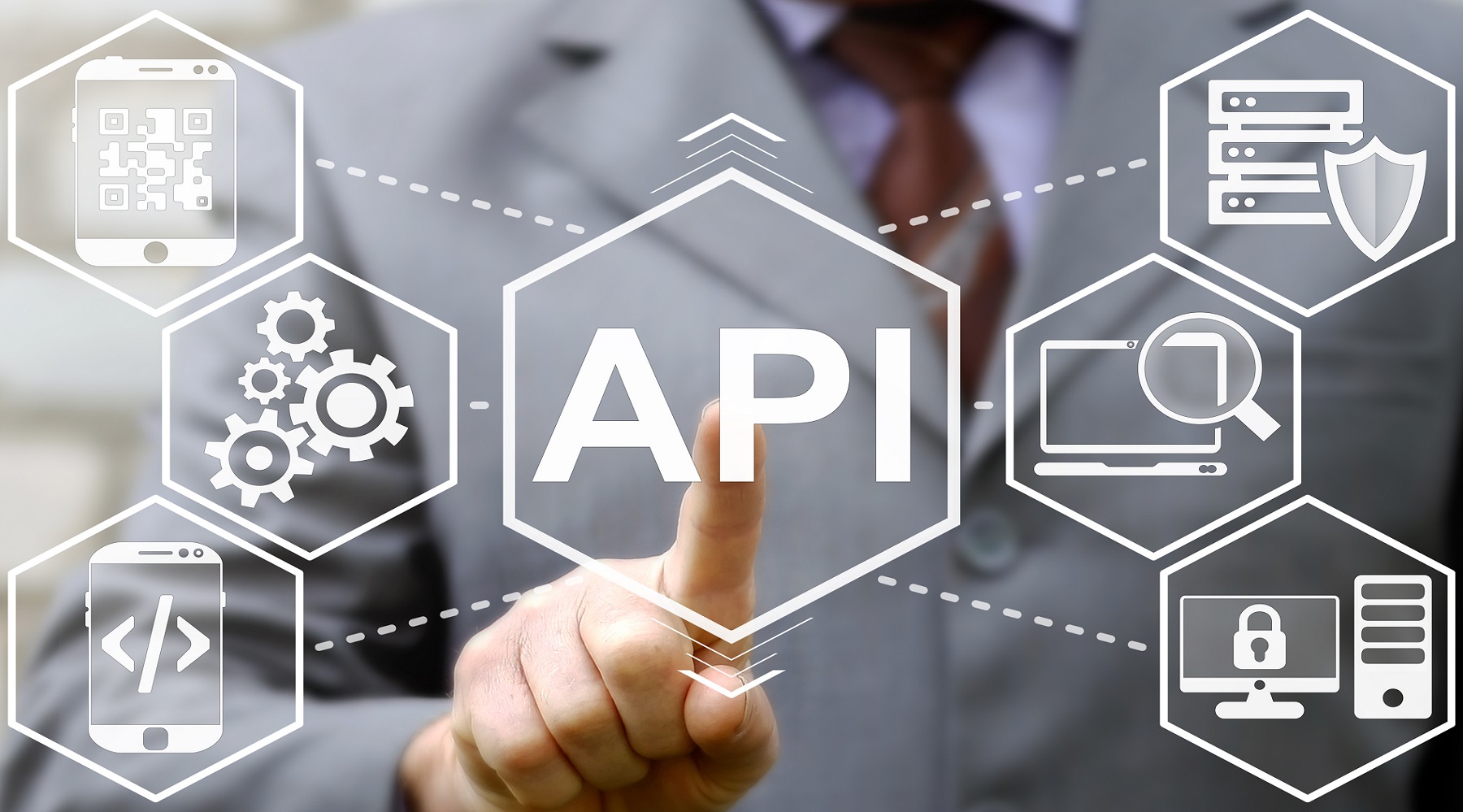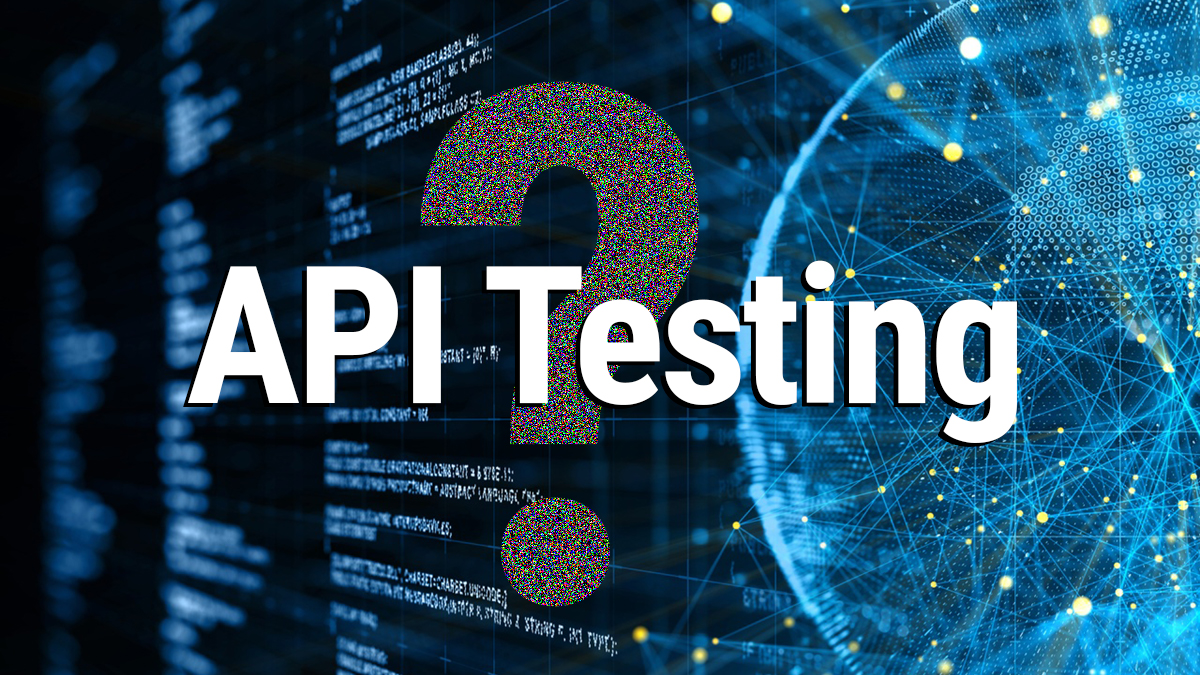API testing involves sending requests to an API and then monitoring the response to make sure it behaves as expected. API testing is an integral part of API development. It is used to evaluate the functionality, reliability, and performance of APIs. According to a report by Global Industry Analysts Inc, the global API testing market will reach 1.8 billion USD in 2026. This is an increase of 641.6 million in 2020. This is due to an increase in cloud applications and interconnected platforms that need API programming interfaces (APIs). More APIs mean more API Tester and testing to ensure they meet customer expectations in terms of functionality, reliability, security, and performance. An API that fails to perform as expected can have a negative impact on many other software and services.
Because of the nature of API testing, manual testing is not an option; instead, we must use API Tester for this purpose. Multiple tests are necessary to verify that the API is working as it should. Let’s look at some of the most popular types.
Types Of API Testing
There are many API testing methods, including:
- Functional Testing: These API tests verify that the API is returning the correct response to a request.
- Load Testing: This API test measures how well an API handles large volumes of requests in a short time.
- Error Detection And Runtime: These API tests evaluate the actual operation of the API. They typically focus on execution errors, resource leaks, monitoring, and error detection.
- Security Testing: These tests evaluate how an API reacts to and resists hacker attacks.

- Penetration Testing: Penetration testing involves users who have limited API knowledge attacking the API. This allows testers to evaluate the threat vector from an external perspective.
- Fuzz Testing: This API test sends many random requests to determine if your API returns errors, processes these inputs incorrectly, or crashes.
- Validation Testing: Validation tests are performed late in the testing phase to confirm the API’s efficiency and behavior.
What Is API Testing Important For?
API testing is essential to ensure that your API works as expected in the face of unexpected and expected requests. This test is not only to verify the API’s functionality, but also its reliability, security, and performance. API testing is important as it has many advantages over other types such as unit or UI testing. Unit tests, for example, are used to verify the functionality of components within an application. API tests verify that all components work as they should. It is easier to spot bugs at the database, server, and unit levels with this wider test coverage. API tests are faster and more isolated than UI tests, making it easier to find and fix bugs. Andersen Lab data shows that a UI test takes approximately seven minutes, while an API test takes 12 seconds. An API test runs 35 times faster than a UI one.
API testing is the most important feature. It allows developers’ operations, quality assurance, and development to start testing the core functionality of an application before it is available for use. This allows them to spot any flaws or errors early in the development process. These errors and flaws can become costly if they are not identified early in the development process. This will require a lot of code rewritten, which could delay the product’s release.



